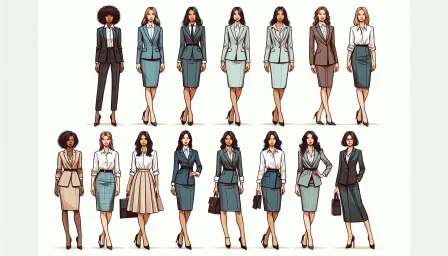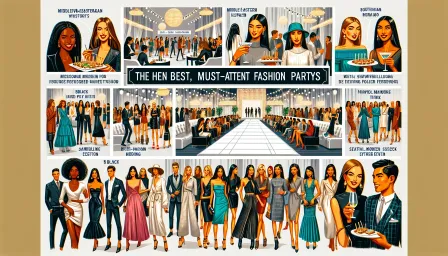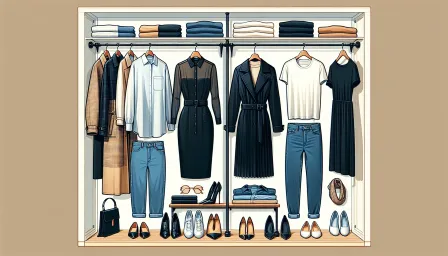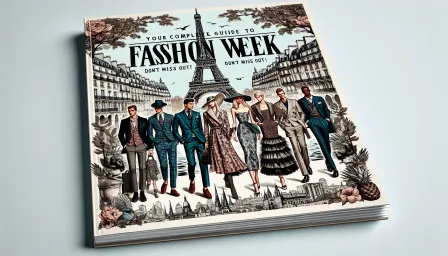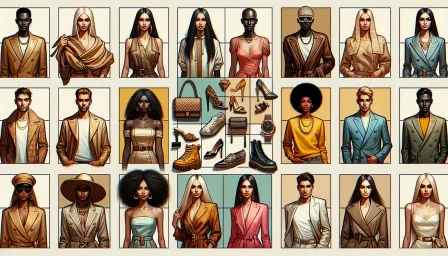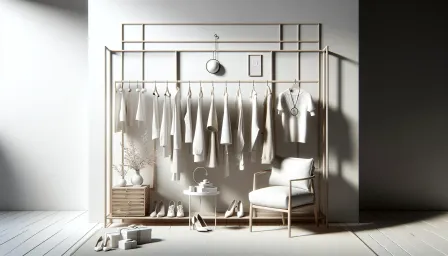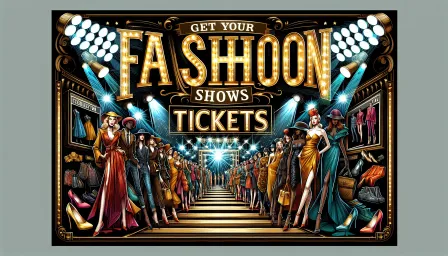The Ultimate Guide to Runway Lighting Effects: Transform Your Fashion Show
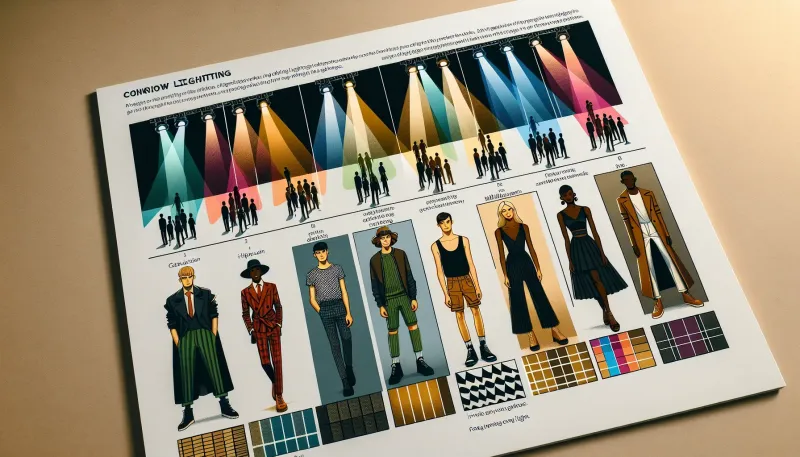
The Ultimate Guide to Runway Lighting Effects: Transform Your Fashion Show. Discover how lighting can elevate your fashion show to an unforgettable experience.
In the world of fashion, presentation is everything. A carefully crafted collection can be undermined by poor staging, while an average collection can be elevated to a spectacle. One of the most significant elements in this transformation is the runway lighting effects. In this comprehensive guide, we will explore how runway lighting effects can transform your fashion show and provide you with practical tips to create an unforgettable experience.
Why Runway Lighting Effects Matter
The importance of lighting in a fashion show cannot be overstated. Proper lighting not only highlights the garments but also sets the mood and tone of the entire event. Here’s why runway lighting effects are crucial:
- Highlighting Details: Proper lighting brings out the intricate details of the clothing, such as fabric texture and color fidelity.
- Creating Atmosphere: Different lighting colors and intensities can evoke various moods, from romantic to avant-garde.
- Focusing Attention: Strategic lighting directs the audience's focus to where it is needed most - the models and their outfits.
Types of Runway Lighting Effects
Spotlighting
Spotlighting is a classic technique to accentuate models as they walk the runway. By using focused beams of light, spotlighting ensures that the audience’s attention remains on the clothing.
Flood Lighting
Unlike spotlighting, flood lighting uses a broader and softer spread of light. This technique is effective for general washes of light to cover larger areas of the runway and provide even illumination.
Color Lighting
Color lighting is a versatile tool in setting the runway ambiance. Different colors can reflect various themes or seasons, such as cool blues for winter collections or vibrant hues for summer showcases.
Gobos and Patterns
Gobos are stencils placed inside lighting fixtures to project specific shapes or patterns onto the runway. They can add a creative dimension to the presentation, contributing to the show's visual storytelling.
Strobe Effects
Strobe lighting adds a dynamic element to the runway show. It can create a sense of urgency and energy, but should be used sparingly to avoid overwhelming the audience.
Planning Your Runway Lighting
Effective runway lighting requires thorough planning. Here are crucial steps to consider:
Understand the Collection
To design the best lighting effects, it is essential to understand the theme, colors, and style of the collection being showcased. This will guide your lighting choices to complement the garments.
Collaborate with Lighting Designers
Work closely with experienced lighting designers who can translate your vision into reality. They bring technical expertise and creative insights to ensure the lighting effects enhance the overall show.
Conduct Lighting Tests
Before the show, conduct thorough lighting tests. This helps identify potential issues and allows for adjustments to achieve the desired effects. Testing ensures that each light operates as intended and integrates well with the show’s timing and choreography.
Synchronize with Music
Lighting should work in harmony with the music to create a cohesive and immersive experience. Timing the lighting changes with key points in the soundtrack can amplify the impact of the show.
Case Studies: Successful Runway Lighting Examples
Let’s explore a few examples of successful runway lighting to understand how different effects can be applied:
Case Study 1: Dior’s Futuristic Show
Dior utilized sharp, clean white lights in combination with reflective surfaces to create a futuristic vibe. The lighting effectively highlighted the innovative designs and metallic fabrics.
Case Study 2: Alexander McQueen’s Dramatic Highlighting
Alexander McQueen's shows are known for their theatricality. By using intense spotlighting, McQueen emphasized the dramatic elements of his garments, making each piece stand out against a dark, moody backdrop.
Common Mistakes to Avoid
While lighting is a powerful tool, there are common pitfalls to be wary of:
Overusing Effects
Too many lighting effects can become distracting. It's important to strike a balance and use effects judiciously to maintain focus on the fashion.
Ignoring Lighting Angles
Incorrect lighting angles can cast unflattering shadows on the models and garments. It’s critical to understand how light interacts with fabric and the human form to avoid this.
Insufficient Rehearsals
Skipping rehearsals can lead to poorly timed lighting changes and technical glitches. Always allocate ample time for full run-throughs with the lighting setup.
Conclusion
Runway lighting effects are a cornerstone of a successful fashion show. They have the power to transform the presentation of a collection, creating an engaging and memorable experience for the audience. By understanding the different types of lighting effects, planning meticulously, and avoiding common pitfalls, you can elevate your fashion show to new heights. Collaborate with professionals, conduct thorough tests, and let your creativity shine through the perfect interplay of light and fashion.
Invest in quality lighting design for your next runway show and witness the transformative power it brings to your fashion presentations.




